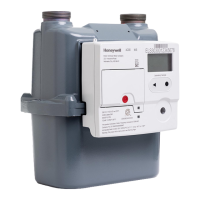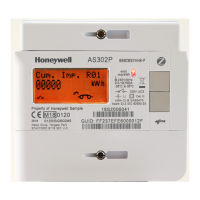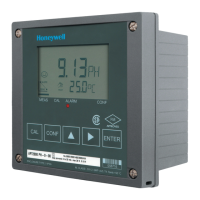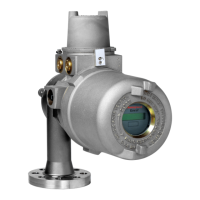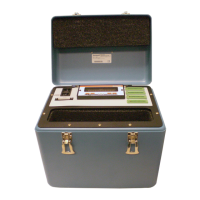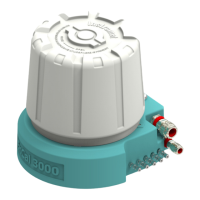11
2.17.
Exhaust treatment
The ACM 150 monitor exhaust must be connected to the customer’s exhaust system
within their facility. In the event of a hazardous gas release and subsequent gas alarm,
the sample gas is expelled from the exhaust connection. It is substantially diluted under
normal conditions as it exits the monitor and poses little danger. However, proper
treatment is advised. Only the end-user can decide if those emissions should pass through
an acid scrubber or untreated through a general exhaust system. It is up to the end-user
to abide by all local safety procedures.
2.18.
ACM 150 labels
The exterior and interior labels for the ACM 150 monitor are shown on the following pages.
The factory applies these labels before shipment.
NOTE
If any label is absent or loose, please notify Honeywell. A new adhesive label will
be sent. It may be applied to the ACM 150 monitor, as shown in the drawings, by
the user or one of our service engineers.
2.19.
Security Guide
Establishing an Ethernet connection to the ACM 150 may expose the system to
vulnerabilities. Honeywell recommends only connecting the ACM 150 to untrusted
computers or equipment with taking appropriate measures to ensure security.
• Keeping the ACM150 G2 updated with the latest software is a vital cybersecurity
measure. The latest software version will address security vulnerabilities that may be
identified in previous versions over time and will also provide improved
functionality. Honeywell officially supports the latest version of the ACM150 G2’s
firmware and encourages all customers to consult with their local service team to
upgrade for the best performance and support.
• Always use passwords on installations of ACM 150 to prevent unauthorized access.
• Allow only trained and trusted persons to have physical access to their system,
including devices connected to it through the Ethernet port.
• Isolate their system from the Internet or create additional layers of defense to their
system from the Internet by placing the affected hardware behind a firewall or into a
DMZ.
• If remote connections to the network are required, please consider using a VPN or
other means to ensure security remote connections into the network device are on.

